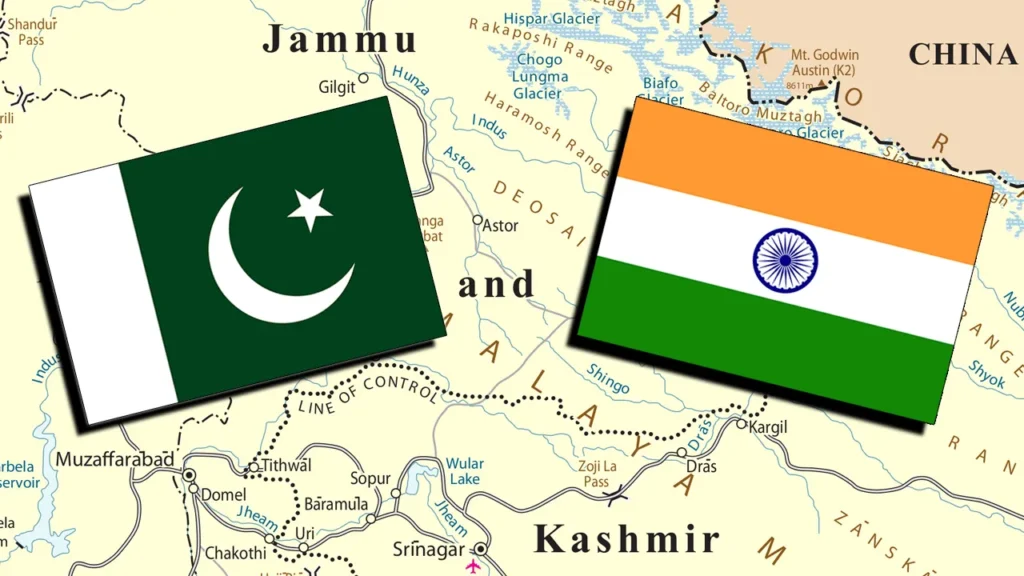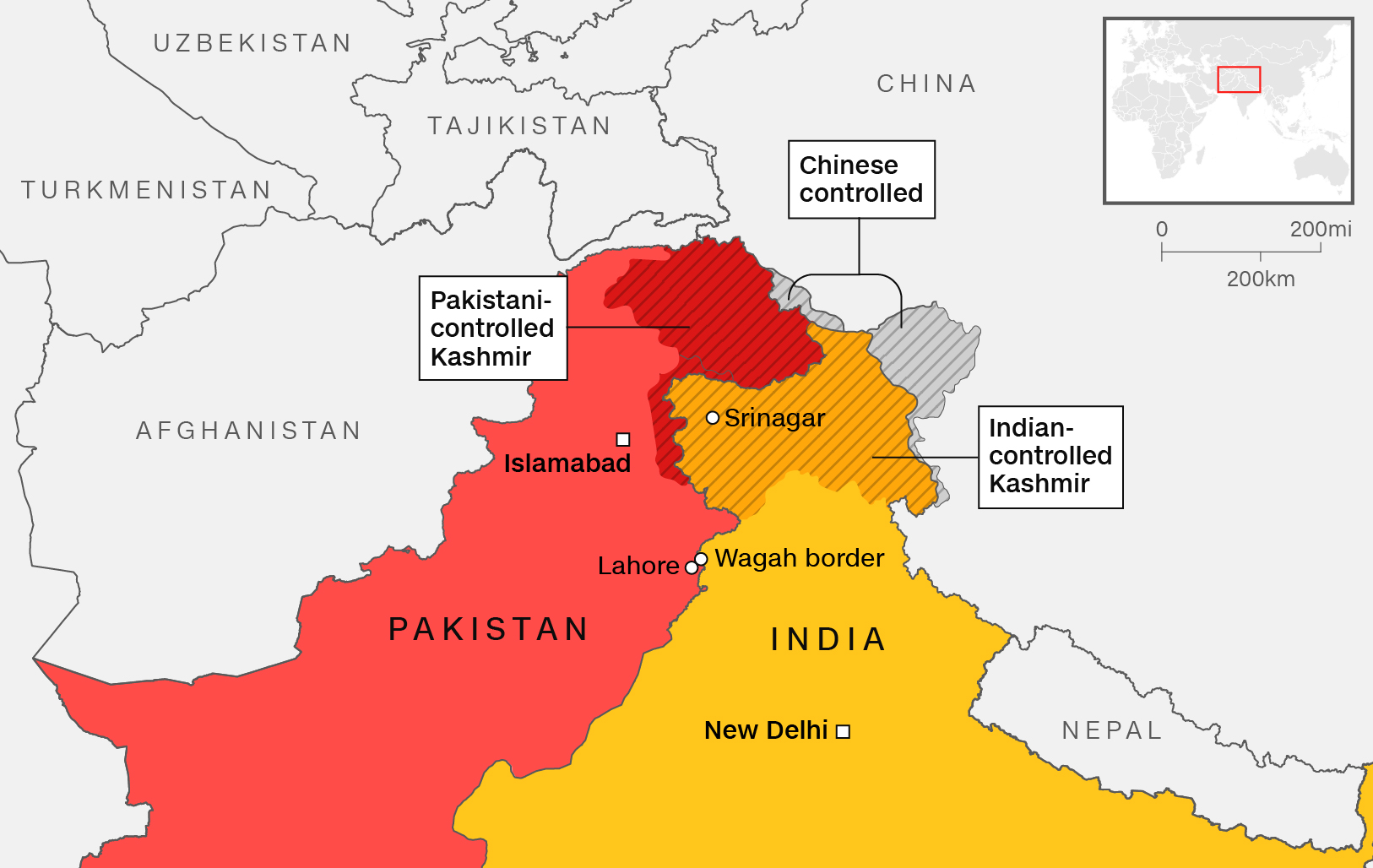
The longstanding tensions between India and Pakistan have escalated into one of the most severe confrontations in recent history. The catalyst was a devastating terrorist attack in Pahalgam, Jammu and Kashmir, on April 22, 2025, where 26 Indian tourists lost their lives. The Resistance Front (TRF), a group linked to the Pakistan-based Lashkar-e-Taiba (LeT), claimed responsibility. India promptly attributed the attack to Pakistan-supported terrorism, a claim Pakistan denies.

The India-Pakistan conflict of 2025 escalated following a terrorist attack in Pahalgam, leading to missile strikes, aerial combat, and significant casualties, raising global concerns over nuclear escalation.
Newspaper, Magazine, Blog
India’s Retaliation: Operation Sindoor
In response, India launched “Operation Sindoor” on May 7, 2025, targeting alleged terrorist infrastructures in Pakistan. Over a 23-minute operation, Indian Air Force Rafale jets deployed SCALP missiles and AASM Hammer bombs to strike nine locations, including Bahawalpur and Muridke, believed to be strongholds of Jaish-e-Mohammed (JeM) and Lashkar-e-Taiba (LeT). India reported the elimination of over 100 militants, including close associates of JeM leader Masood Azhar.

Pakistan’s Counteraction: Operation Bunyad ul Marsus
Pakistan retaliated with “Operation Bunyad ul Marsus,” launching drone and missile strikes on Indian cities such as Amritsar. India’s S-400 missile defense system intercepted several of these attacks, marking its first combat use. Pakistan claimed to have shot down multiple Indian drones and accused India of unprovoked aggression.
Air Engagements and Military Escalation
On May 7, a significant aerial battle ensued, involving approximately 125 fighter jets from both nations. India reportedly lost three Rafale jets, one MiG-29, and one Su-30MKI. This marked the first combat loss of a Rafale jet, reportedly downed by a Chinese-made Chengdu J-10.
Civilian Impact and Casualties
The conflict has resulted in substantial civilian casualties. Pakistan reported 31 deaths, including children, due to Indian missile strikes. India reported 15 civilian deaths and 43 injuries from Pakistani artillery fire in Jammu and Kashmir.
Domestic Measures and Preparedness
India conducted “Operation Abhyaas,” a nationwide civil defense drill on May 7, involving 244 districts. The exercise included air-raid sirens, blackout simulations, and evacuation drills to prepare civilians for potential attacks.
International Response and Diplomatic Strains
The international community has expressed deep concern over the escalating conflict. The United States has called for de-escalation, while China has remained largely silent. India suspended the Indus Waters Treaty and closed the Wagah-Attari border, further straining diplomatic relations.

